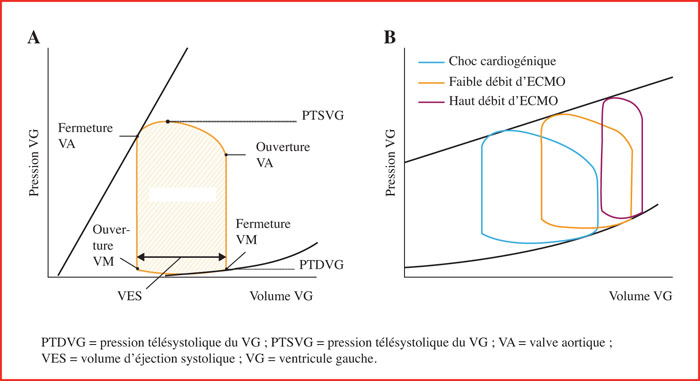Sang Thrombose Vaisseaux
MENUVeno-arterial extracorporeal membrane oxygenation retrograde aortic flow: consequences, prevention and management Volume 33, issue 4, July-August 2021
- Key words: extracorporeal life support, extracorporeal membrane oxygenation, adverse events, pulmonary edema, ventricular pressure
- DOI : 10.1684/stv.2021.1175
- Page(s) : 169-73
- Published in: 2021
The use of veno-arterial extracorporeal membrane oxygenation (VA-ECMO) for refractory cardiogenic choc keeps growing but its mortality and complication rates remains high. Reinjection through a femoral artery cannula causes retrograde flow in the descending aorta that opposes the patient's own cardiac output. It leads to an increased left ventricular afterload and favors the occurrence of left ventricular dilation, the formation of intracavitary thrombi and pulmonary edema. These complications are a central issue in the management of patients assisted by VA-ECMO and their prevention and management has an impact on patient's prognosis. The main preventive strategies are based on reducing ECMO flow, setting up an antegrade reinjection flow, an intra-aortic balloon pump or an Impella®. The curative management is based on the discharge of the left ventricle by surgical or percutaneous methods.


